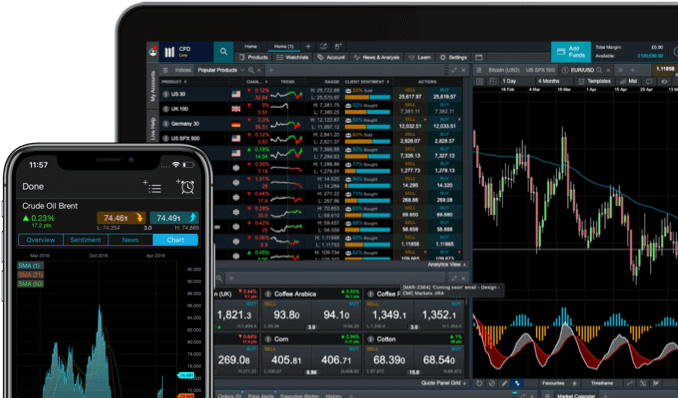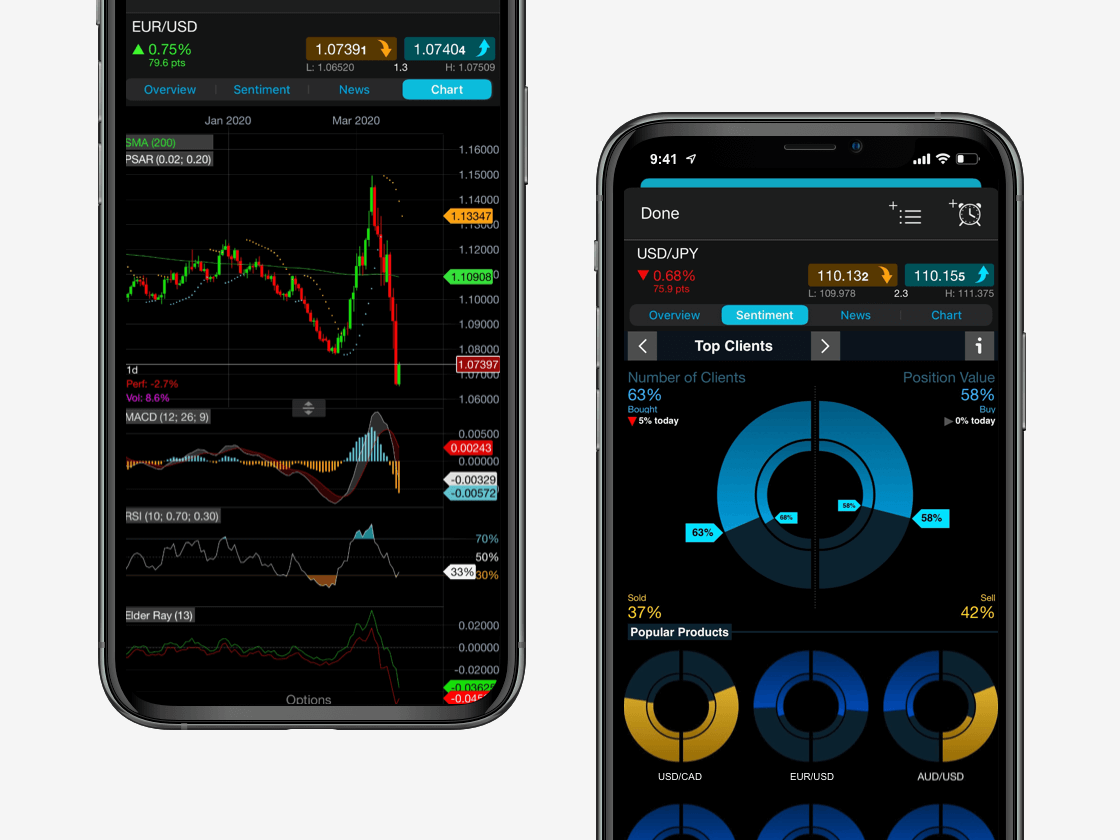CFD example 1: buying ABC plc
In this example, ABC Inc. is trading at $19.99/$20.00. Assume you want to buy 1,000 share CFDs (units) because you think the price will go up. ABC Inc has a margin rate of 20%, which means that you only have to deposit 20% of the position’s value as position margin.
In this example, your CFD position margin will be $4,000 (20% x (1,000 (units) x $20.00 (price)). Remember that if the price moves significantly against you, it is possible to lose more than your initial position margin of $4,000.



